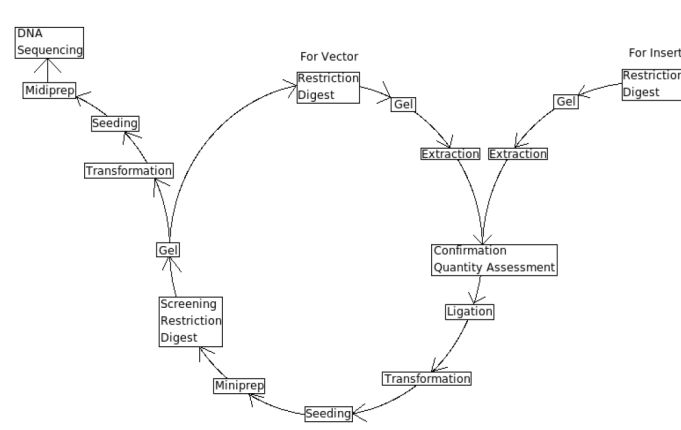Team:Montreal/Notebook
From 2008.igem.org
Tsunami514 (Talk | contribs) |
(Trying to find a place back for the modelling "notebook" section. Someone removed it and we are now unable to recreate a page for it.) |
||
| Line 37: | Line 37: | ||
<p><center> | <p><center> | ||
'''[[Team:Montreal/Notebook/May|May 2008]]''' | '''[[Team:Montreal/Notebook/June|June 2008]]''' | '''[[Team:Montreal/Notebook/July|July 2008]]''' | '''[[Team:Montreal/Notebook/August|August 2008]]''' | '''[[Team:Montreal/Notebook/September|September 2008]]''' | '''[[Team:Montreal/Notebook/October|October 2008]]''' | '''[[Team:Montreal/Notebook/November|November 2008]]'''</center><br> | '''[[Team:Montreal/Notebook/May|May 2008]]''' | '''[[Team:Montreal/Notebook/June|June 2008]]''' | '''[[Team:Montreal/Notebook/July|July 2008]]''' | '''[[Team:Montreal/Notebook/August|August 2008]]''' | '''[[Team:Montreal/Notebook/September|September 2008]]''' | '''[[Team:Montreal/Notebook/October|October 2008]]''' | '''[[Team:Montreal/Notebook/November|November 2008]]'''</center><br> | ||
| + | |||
| + | ==Modelling== | ||
| + | [[Image:Theoteam1.jpg|right|frame|Theorists: Vincent Quenneville-Bélair and Alexandra Ortan]] | ||
| + | |||
| + | The Mathematica notebook used to model the repressillator incorporates xCellerator to create the differential equations representing the chemical reactions at play. The system was then solved using NDSolve, a standard numerical solver in Mathematica -- which is, however, unable to deal with delay equations. Hence, the equations were not evaluated at retarded times at first. | ||
| + | |||
| + | The first solution found was to add null cells in the network. The nulls cells, or pseudo cells, are just grid point where no internal cell reaction occurs, but only diffusion to the next grid point. However, the results depended to heavily on the number of such null cells and, as we did not have a mean of estimating what would be realisitc, did not seem reliable enough. | ||
| + | |||
| + | Now, NDelayDSolve replaces NDSolve to solve the system and we are therefore able to evaluated our equations at retarded times. We are not using null cells anymore. | ||
| + | |||
| + | {|align="justify" | ||
| + | |[[Image:visualisation.png|right|frame|Although the cells are shown using a Voronoi graph, the cells are represented internally by points.]] | ||
| + | |[[Image:px.png|right|frame|Simulation using Mathematica of the Repressilator Network with four cells shown on the left. The plot shows the concentration of AI against time (in arbitrary units).]] | ||
| + | |} | ||
Revision as of 16:56, 1 August 2008
| Home | The Team | The Project | Parts | Notebook | Links |
|---|
Lab Protocols

|
Key Elements of the Central Dogma of cloning
5. Ligation
8. DNA Extraction: Mini-, Midi-, Maxiprep
Lab Progress
Modelling
The Mathematica notebook used to model the repressillator incorporates xCellerator to create the differential equations representing the chemical reactions at play. The system was then solved using NDSolve, a standard numerical solver in Mathematica -- which is, however, unable to deal with delay equations. Hence, the equations were not evaluated at retarded times at first.
The first solution found was to add null cells in the network. The nulls cells, or pseudo cells, are just grid point where no internal cell reaction occurs, but only diffusion to the next grid point. However, the results depended to heavily on the number of such null cells and, as we did not have a mean of estimating what would be realisitc, did not seem reliable enough.
Now, NDelayDSolve replaces NDSolve to solve the system and we are therefore able to evaluated our equations at retarded times. We are not using null cells anymore.
 "
"


